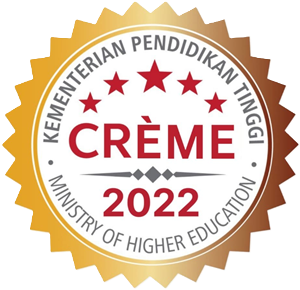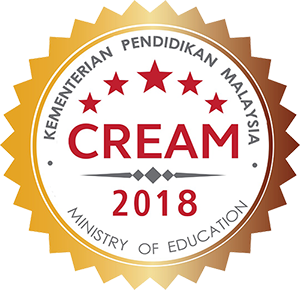THE REPRODUCTIVE BIOLOGY OF RAFFLESIACEAE
DOI:
https://doi.org/10.26525/jtfs2025.37.2.131Keywords:
closed versus open plan of development, embryogenesis, germination, parasitism, phanerogam, protocorm, TetrastigmaAbstract
Seeds in the family Rafflesiaceae do not germinate and produce seedlings. After their seeds get into their Tetrastigma hosts, their contents are released into the host tissues as strands or clusters of proembryonic cells. The clusters then develop into protocorms. A protocorm differentiates into an embryo by internal cleavage into the parts that become the various organs of the plant. Because all its organs are defined at the beginning of embryogenesis and no additions are made later, the plan of development in Rafflesiaceae is closed or determinate.









